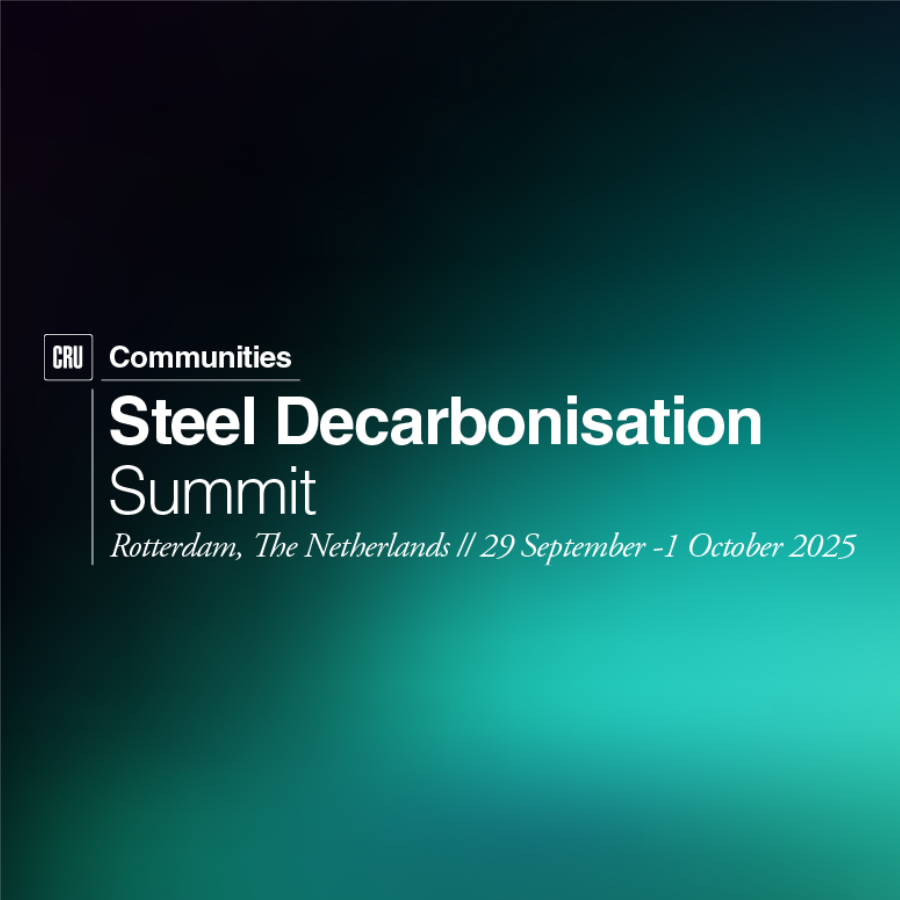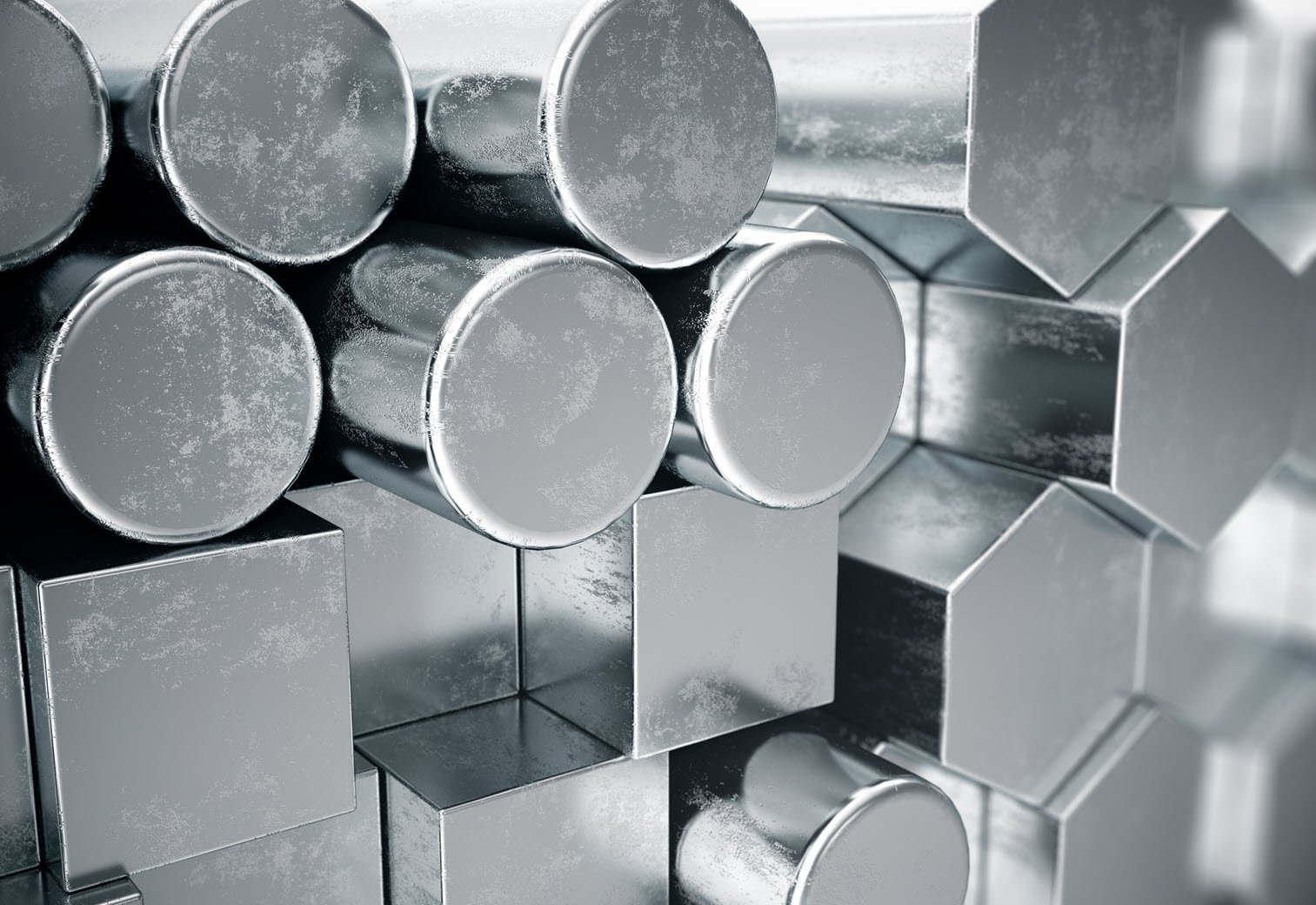Part one in our Insight series: Diversified miners look to create distance from coal
Recent events in the coal industry have seen diversified majors demerging their portfolios, creating pure-play coal companies separate from their other commodity interests. This is driven by pressure to decarbonise, greater ESG challenges facing the industry, and an increasingly difficult financing environment. We expect this trend to continue as companies pivot away from high-carbon resources towards metals that are crucial for the energy transition.
Decarbonisation policies present a challenge for funding
Commitments by banks and investors to reduce their portfolio exposures to thermal coal signal difficult financial headwinds for the metallurgical coal industry. Greater ESG awareness and pressure among stakeholders are driving firms to decarbonise, and greater pressure on margins from carbon costs provides a financial incentive for firms to implement their divestment policies.
Major investment banks including JPMorgan Chase, Goldman Sachs, BNP Paribas, Deutsche Bank, and Credit Suisse have pledged to limit or prohibit the financing of new and existing thermal coal operations. Others will continue to provide financing with conditions, such as Goldman Sachs requiring new mines to have carbon-capture and storage facilities. Asset managers and pension funds, including BlackRock and the Norwegian Government Pension Fund, have also announced measures to limit coal exposure in their portfolios.
While these divestments have focused on thermal coal, some finance providers have updated their policies to include metallurgical coal. Macquarie Bank has committed to stop financing thermal and metallurgical coal projects by 2024, and in December 2022, HSBC updated its policy to prohibit finance for new metallurgical coal mines.
Coal may become riskier as insurance pulls out
Nearly 60 top insurance firms have already announced policies to exclude thermal coal operations. Five of the top ten largest reinsurance companies have announced similar policies. For example, Munich Re, the world’s largest reinsurance group, announced they will cease providing insurance to new thermal coal mines, and the group recently recorded a 37% fall in insurance activities for such mines in the last few years.
The insurance sector will likely follow the trend set by finance and start to impact metallurgical coal. The reluctance from these two sectors to insure mines will push the cost to operate coal mines higher and raise the barrier new coal operations.
Coal miners are feeling the pressure
Despite the strong profitability of metallurgical coal assets, it is becoming increasingly difficult for large, listed corporations to own and operate coal mines. The result is that miners will continue to shift away from coal entirely or reduce their thermal coal exposure relative to metallurgical coal.
Steel expansions in emerging markets will drive strong demand growth for metallurgical coal in the medium term, with demand outside of China expected to expand by ~75 Mt or 20% between 2022 and 2027. A supply gap is seen emerging towards the end of this decade. Producers of metallurgical coal have earned exceptional margins – 33% on average between 2018 and 2022. Nonetheless metallurgical coal mine ownership is likely to gravitate away from the traditional structure where large mining houses which relied on wholesale finance and insurance increasingly face pressure from the financial sector to lower their exposure to carbon intensive products.
BHP and Teck Resources have been two of the largest exporters of metallurgical coal in the seaborne market over the past 15 years. Both have made efforts to distinguish their identity as leading producers of ‘steelmaking coal’ with BHP, in particular, having moved to divest and curtail thermal coal assets over the past decade.
In the past five years, BHP has divested the ‘Mitsui’ side (BMC) of its steelmaking coal business to Stanmore resources, as well as the sale of its Gregory Crinum mine to Sojitz Corporation. Besides lowering thermal coal production BHP has also announced plans for an early closure to its prime thermal coal asset Mount Arthur following unsuccessful efforts to sell the coal mine. These decisions have been just as much commercial as they have been about limiting the company’s exposure to coal assets; for instance, offloading BMC assets at a time when demand and market pricing is strong. Following the sale, BHP Mitsubishi Alliance (BMA) publicly reaffirmed its view of a long-term presence for coking coal in steelmaking, applying to extend the life of its premier coking coal mine Peak Downs by up to 93 years.
Met. coal demand growth will keep prices supported
Global metallurgical coal demand outside of China is expected to grow by 75 Mt over the next five years at 4% CAGR. Asia will account for 60% of this growth, meaning Pacific basin demand will be even more influential in setting price levels, quality trends and have dominant trade flows/routes. Urbanisation and economic development are the primary drivers of growth in steel consumption. In South and South-East Asia, hot metal production is forecast to grow at 6.6% CAGR. These economies have committed a large portion of their steel growth to the blast furnace route, accompanied by a doubling of coke oven capacity in the ten years to 2027.
With such strong growth on the medium-term horizon, metallurgical coal producers find themselves in a predicament. From the supply side, metallurgical coal supply growth prospects are limited due to scarcity of reserves. Supply is concentrated from a geographical and operator/owner perspective. This has led to greater price volatility over the past decade and extreme price volatility over the last two years due to supply underperformance in Australia driven by disruptions from weather and Covid-19. Pressure to decarbonise value chains is also limiting the availability of capital, restricting permitting and increasing pressure not to develop new coal mines. Therefore, producers with current operating assets are likely to maintain a healthy margin, given there is more downside risk to supply than risk of oversupply while demand growth remains robust in the medium term.
Market conditions cultivate business model for producers
There are clear challenges ahead for metallurgical coal producers which continue to operate with traditional business models where access to mainstream finance and insurance is critical. High coal prices and excess cashflows have momentarily alleviated these pressures. Going forward, these challenges will re-emerge, accelerate, and remain a significant hindrance to the major mining companies maintaining their operations.
On the other hand, there is strong evidence that demand for metallurgical coal outside of China will still be higher in 2040−50 than it is today, weakening the argument that metallurgical coal mines may be stranded assets in the future. Like the recent announcements by BHP and Teck in early 2023, we expect coal divestment and portfolio rationalisation to continue and even accelerate as we approach intermediate climate target timelines around 2025 and 2030.

















